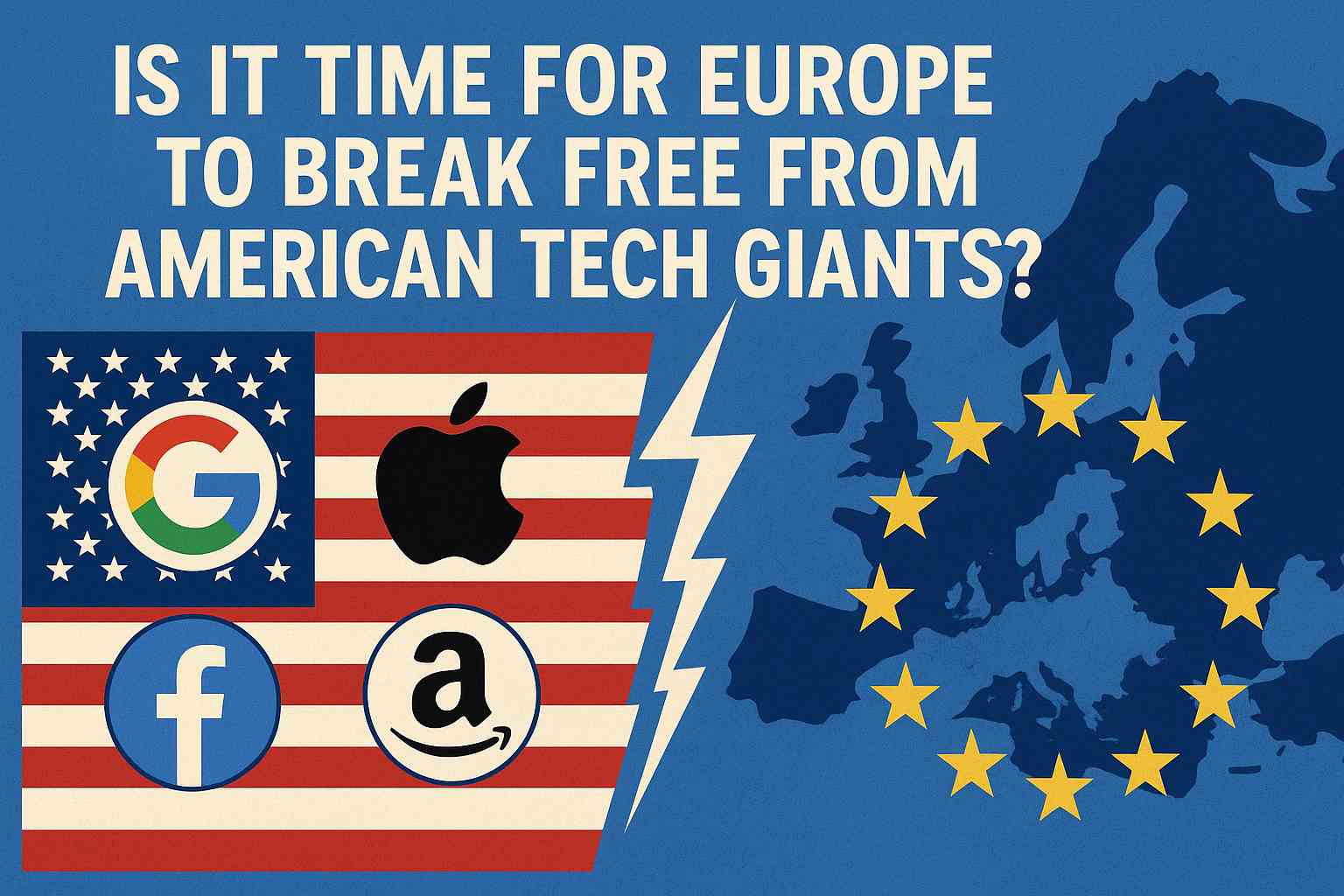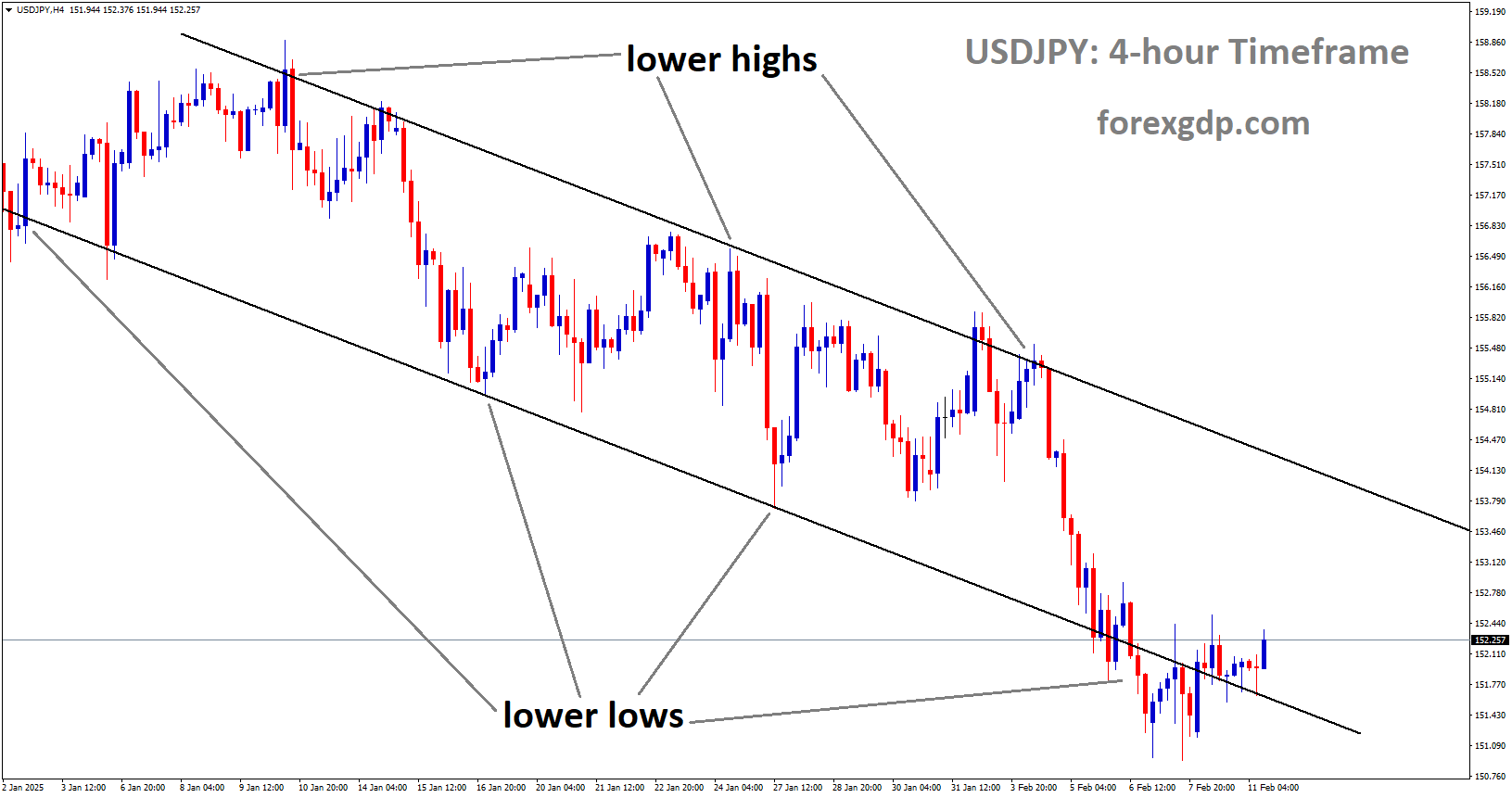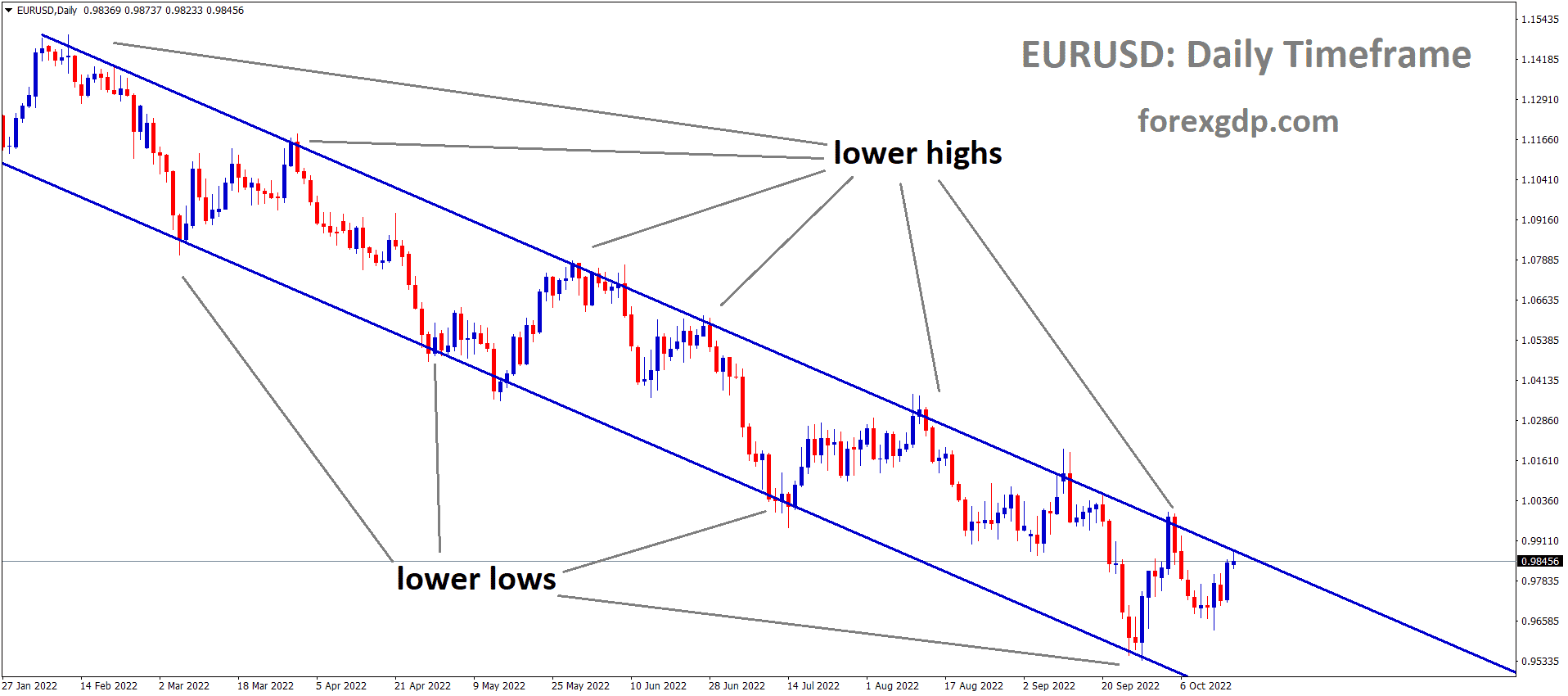When you think about global politics, the internet isn’t usually the first thing that comes to mind. But imagine this for a second: what if the U.S. president had the power to flip a switch and cut off Europe’s access to its online world? Sounds like something out of a thriller movie, right? Yet, this is a very real debate happening in tech and policy circles today. At the heart of it lies a bigger issue—Europe’s dependence on American technology and whether the region can truly secure its own digital independence.
The Growing Fear of a “Kill Switch”
The internet feels like air—we don’t think about it until it’s gone. But what if it could actually be turned off?
Today, most of Europe’s digital backbone is run by just three U.S. companies: Amazon, Google, and Microsoft. Together, they control around 70% of Europe’s cloud infrastructure. That means a huge portion of essential services—everything from government data to hospital systems—depends on servers managed across the Atlantic.
Experts warn that this creates a serious risk. If political tensions ever boiled over, could the U.S. government pressure these companies to shut down services in Europe? While this may sound extreme, the possibility has been raised by policymakers. If it happened, the effects would be immediate: data access lost, websites offline, and critical public services thrown into chaos.
These fears aren’t just hypothetical. When the International Criminal Court (ICC) clashed with Washington after issuing arrest warrants for Israeli officials, its chief prosecutor briefly lost access to his Microsoft email account. Even though Microsoft denied deliberately cutting services, the incident served as a wake-up call for European leaders.
Europe’s Struggle for Digital Independence
The buzzword here is digital sovereignty—Europe’s ability to control its own digital systems and data without relying on outside powers. But while the idea sounds great in theory, putting it into practice is a huge challenge.
Why Dependence Runs So Deep
American firms don’t just dominate the cloud. They control key areas like operating systems (Apple and Android), payment networks (Visa and Mastercard), and even satellite internet and AI technologies. This dominance means Europe’s daily digital life is deeply tied to American infrastructure.
When European officials talk about digital sovereignty, they’re asking: how much of this reliance is too much?
Local Alternatives: Do They Stand a Chance?
Europe does have its own players—France’s OVHCloud, Germany’s T-Systems, and a few others—but their share of the market is tiny compared to the U.S. giants. They simply don’t have the scale, resources, or recognition to compete head-to-head.
Still, some European governments are starting to explore alternatives. In Germany, for example, the state of Schleswig-Holstein is replacing Microsoft software with open-source solutions like LibreOffice and Linux. Denmark is running a similar pilot program. While open-source options aren’t as polished or popular as U.S. products, they work well enough for everyday needs like word processing and email.
As one analyst put it, the real barriers aren’t technical—they’re cultural. Many organizations stick with big-name U.S. brands because of habit, marketing, or misplaced fears about security.
What the U.S. Tech Giants Say
Unsurprisingly, American companies argue that Europe has nothing to fear.
-
Microsoft says it would fight any U.S. government order to cut off European services, even writing protective clauses into its contracts.
-
Google stresses that it partners with trusted European firms like T-Systems and lets clients control their own data encryption.
-
Amazon highlights its regional data centers, which are designed to keep European customer data inside Europe.
These firms insist that they already offer “sovereign” cloud solutions, meaning sensitive data is kept within Europe and shielded from U.S. interference. Critics, however, remain skeptical—after all, these are still U.S.-based corporations subject to American law.
Can Europe Catch Up?
The big question is whether Europe can realistically build a self-sufficient digital ecosystem. Some experts argue that creating a fully sovereign cloud infrastructure is unrealistic in the short term. Others believe it’s not only possible but inevitable, especially as concerns about dependency keep growing.
Projects Already Underway
Europe has launched ambitious initiatives like Gaia-X, a project meant to create a homegrown alternative to the centralized American platforms. But progress has been slow, and critics say it hasn’t lived up to expectations.
Still, there’s momentum in certain areas. For instance, Europe already has strengths in industrial technology and chip-making equipment—fields where it could gain an edge over the U.S. in the future. The idea isn’t necessarily to kick American companies out, but to ensure Europe has its own strong options in case of crisis.
The Roadblocks Ahead
One of the biggest challenges is scaling. In the U.S., a tech startup can expand across one massive market with a single legal system and language. In Europe, companies face dozens of legal frameworks, tax rules, and languages. That makes it harder for a European tech firm to reach the same level of dominance.
There’s also the question of political will. While the EU has been talking about digital sovereignty for years, real action has been slow. Without stronger regulations or incentives for governments and businesses to buy European, the dream of independence could remain just that—a dream.
What’s at Stake for Europe’s Future
So, could a U.S. president really pull the plug on Europe’s internet? Most experts say the chances are slim—at least outside of extreme scenarios like war. But the fact that this is even being discussed shows how vulnerable Europe feels.
For European policymakers, this debate is less about whether a “kill switch” will ever be used and more about being prepared. The events of the past few years—from trade disputes to sanctions—have shown just how quickly technology can become a political weapon.
If Europe wants to avoid being caught off guard, it needs to strengthen its own digital infrastructure, invest in local companies, and push harder for innovation. It may not be able to match the U.S. in every sector, but carving out strengths in areas like AI, industrial tech, and semiconductors could give it the leverage it needs.
Final Summary
The idea of America cutting off Europe’s internet might sound dramatic, but it highlights a real and growing problem—Europe’s dependence on U.S. technology. With most of its cloud services, operating systems, and payment networks controlled by American companies, the region lacks true digital independence.
European firms and governments are starting to push for alternatives, from open-source software to new projects like Gaia-X. But progress is slow, and U.S. giants continue to dominate.
The road to digital sovereignty won’t be easy. It requires political commitment, investment in local innovation, and perhaps most importantly, a mindset shift from businesses and governments. Whether Europe succeeds or not, one thing is certain: the conversation around who controls our digital future is only just beginning.







